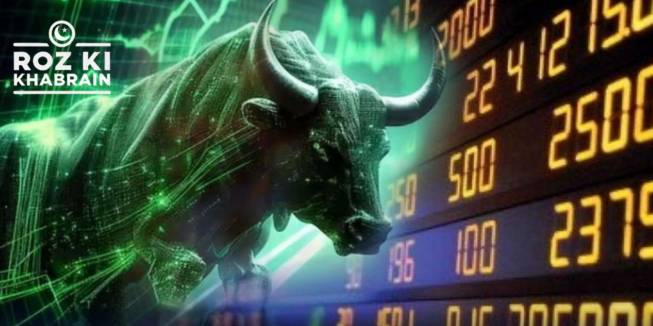Pakistan’s foreign exchange reserves have increased to cover two months of imports following the receipt of the first installment from the International Monetary Fund’s $7 billion Extended Fund Facility, according to State Bank Governor Jameel Ahmed. This development provides a much-needed boost to the external position of the fiscally-challenged country.
On Monday, September 30, 2024, the central bank received the first tranche of $1.03 billion (SDR 760 million). Pakistan has been working to meet “strict” conditions required to complete the loan program agreed upon in July, which Prime Minister Shehbaz Sharif has repeatedly stated would be the country’s final program.
The liquid reserves now total $10 billion, offering much-needed stability to the foreign exchange position.
“The foreign exchange reserves have stabilized, and we anticipate further improvements,” Ahmed stated at a banking conference. He emphasized that the recent IMF disbursement has alleviated pressure on the rupee, ensuring a steady supply of dollars in the market.
“Remittances from overseas workers have increased, and the dollar supply has improved,” Ahmed noted, adding that a decrease in inflation has positively influenced monetary policy. The governor expressed satisfaction with the government’s fiscal situation, indicating it has also improved.
“The rate of borrowing from banks has decreased,” he added. In response to concerns about potential delays in repayments to commercial banks, Governor Ahmed dismissed fears of a funding shortfall, stating, “The government is not short of funds; we are making early repayments of bank loans.”
He also outlined the central bank’s strategy to modernize Pakistan’s banking sector, emphasizing that fostering innovation in banking could drive economic growth. “We aim to launch fully digital banking by 2025,” he said, highlighting that this initiative will enhance financial inclusion and accessibility for millions of Pakistanis.
Additionally, the governor announced plans to expand financing for Small and Medium Enterprises (SMEs), aiming to increase the current volume from Rs550 billion to Rs1.1 trillion over the next five years to support these vital economic contributors.
As digital banking grows in popularity in Pakistan, Ahmed acknowledged the rising risks associated with online fraud. “Banks have been instructed to strengthen their cybersecurity measures,” he emphasized, underscoring the need to protect the growing number of users, which currently stands at 12 million for mobile banking and is increasing at an annual rate of 70%.
The central bank governor noted that branchless banking already serves 59 million customers, with the use of mobile and internet banking continuing to rise, particularly with internet banking growing at 30% annually.
He also highlighted the remarkable success of Raast, Pakistan’s digital payments platform, which has processed transactions worth Rs19 trillion since its launch in 2021. “Daily transactions on Raast now exceed 2.5 million, and the system is being linked with Middle Eastern software to facilitate low-cost remittances for overseas Pakistanis,” Ahmed noted, adding, “This will make it easier and cheaper for expatriates to send money back home.”
Citing the SBP’s ongoing efforts to create a more modern, digital-driven banking environment, Governor Ahmed stated that innovation is the future of banking and a critical factor in Pakistan’s economic development.




